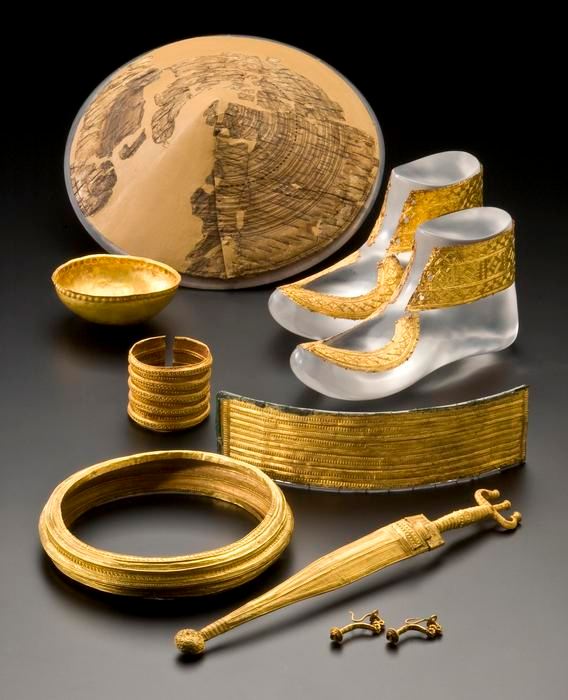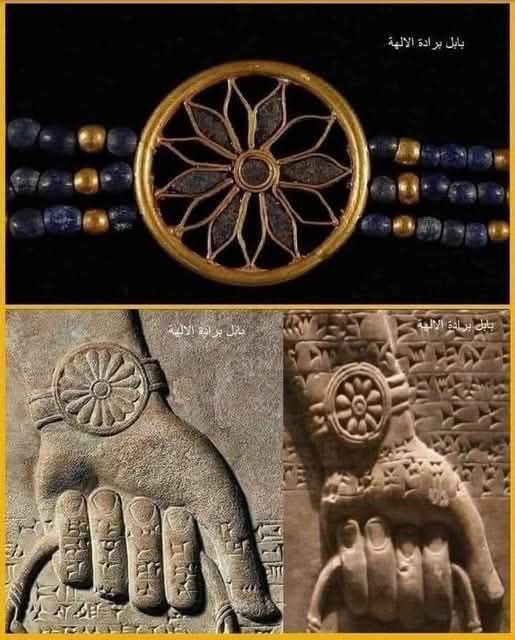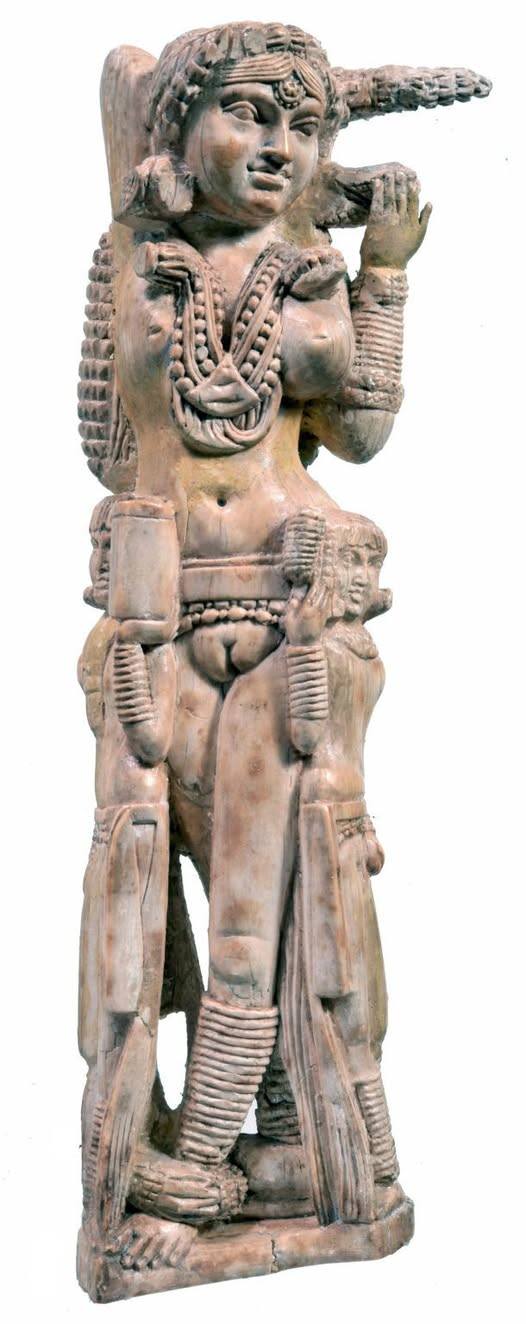Discover the 600-Year-Old “Stairway of Death” Built by the Incas in Peru!
Have you ever heard of an ancient architectural marvel that is both magnificent and terrifying? Nestled deep within the majestic Andes Mountains of Peru, the “Stairway of Death” (also known as “Inti Punku” in Quechua) is a living testament to the ingenuity and mystery of the Inca civilization. Built over 600 years ago, this structure is a series of steep stone steps, perched precariously on a mountainside, leading to the secret entrance of the legendary city of Machu Picchu. The ancient Incas used the “Stairway of Death” as a strictly controlled and protected route, reserved only for the chosen ones….
2 min read









